Every electroplating factory has some large and small tanks. People who are in contact for the first time will ask, what kind of tanks are these and what are they for?
To this end, we have helped you sort out ten common slots, and we hope to help you.
I. Thermal de-trough
1. Main ingredient: degreasing solution
2. Function: Remove grease and other dirt on the surface of the substrate.
II, the roughening tank
1. Main ingredients: sulfuric acid, chromic acid
2. Function: make the surface of the product form fine pores, easy to absorb, reduce pitting, and avoid the phenomenon of insufficient adhesion and less than 100 grids.
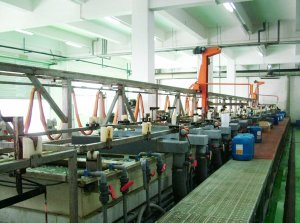
III, sensitization tank
1. Main ingredients: palladium acid, hydrochloric acid, stannous chloride
2. Function: make the surface of the product absorb palladium ions, reduce the overflow and leakage of plating.
IV, the glue tank
1. Main ingredient: sulfuric acid
2. Function: Remove part of the material in the previous tank to reduce plating overflow and leakage.
V, chemical nickel bath
1. Main ingredient: Sodium hypophosphite
2. Function: make the surface of the product conductive, reduce overflow plating, leakage plating, and pitting.
VI, copper pyrophosphate tank
1. Main ingredients: ammonia, coke copper, coke potassium
2. Function: Plating phosphor copper on the surface of the product to reduce scorching and pitting
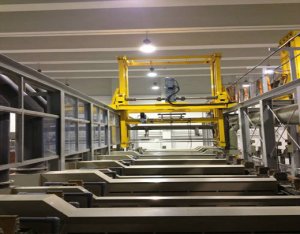
VII, copper sulfate tank
1. Main ingredients: sulfuric acid, copper sulfate, chloride ion
2. Function: Coating the product with copper to reduce scorching and pitting.
VIII. All-gloss nickel tank
1. Main ingredients: nickel sulfate, boric acid, nickel chloride
2. Function: to plate the product with nickel to reduce pitting and scorching.
IX, hexavalent chromium tank
1. Main ingredients: chromic acid, trivalent chromium, acid radical
2. Function: The product is plated with chromium to reduce whitening and pitting.
X. Washing tank
1. Main ingredients: degreased water, hard water, pure water
2. Function: make the product clean, convenient for inspection and use.





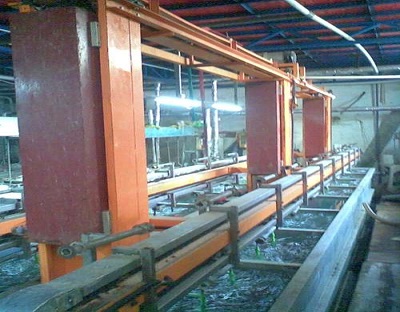
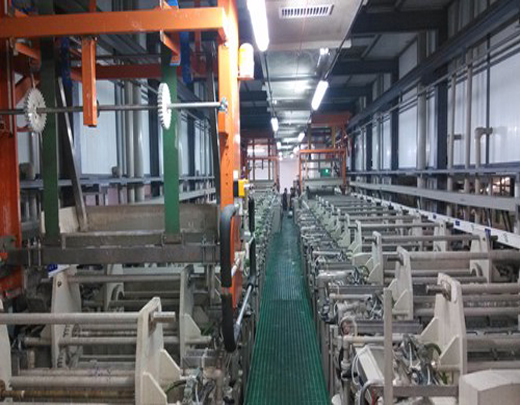
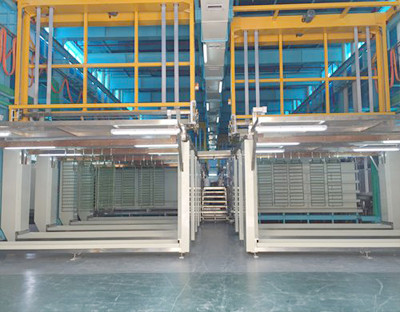
 Jul. 17, 2020
Jul. 17, 2020 



